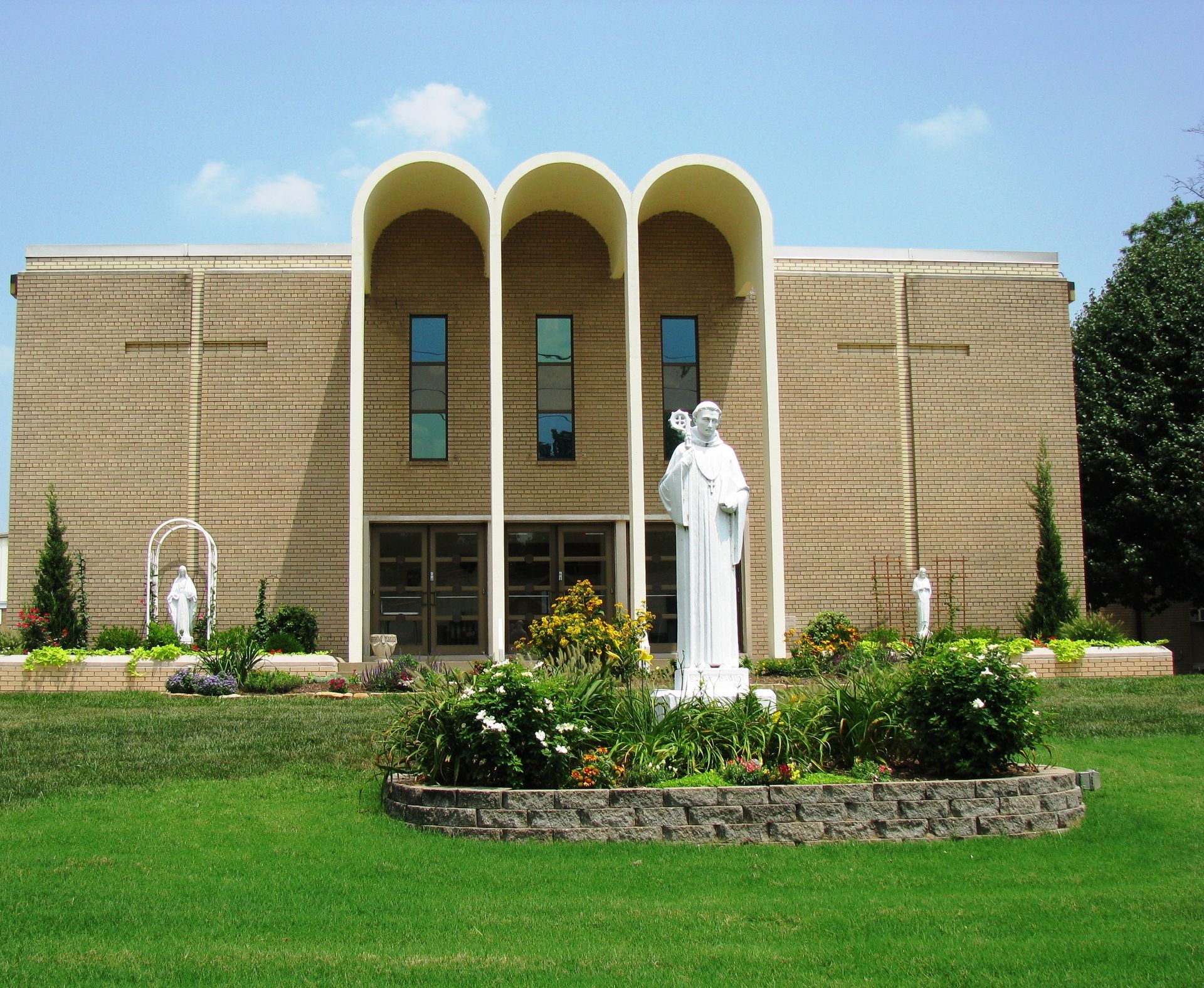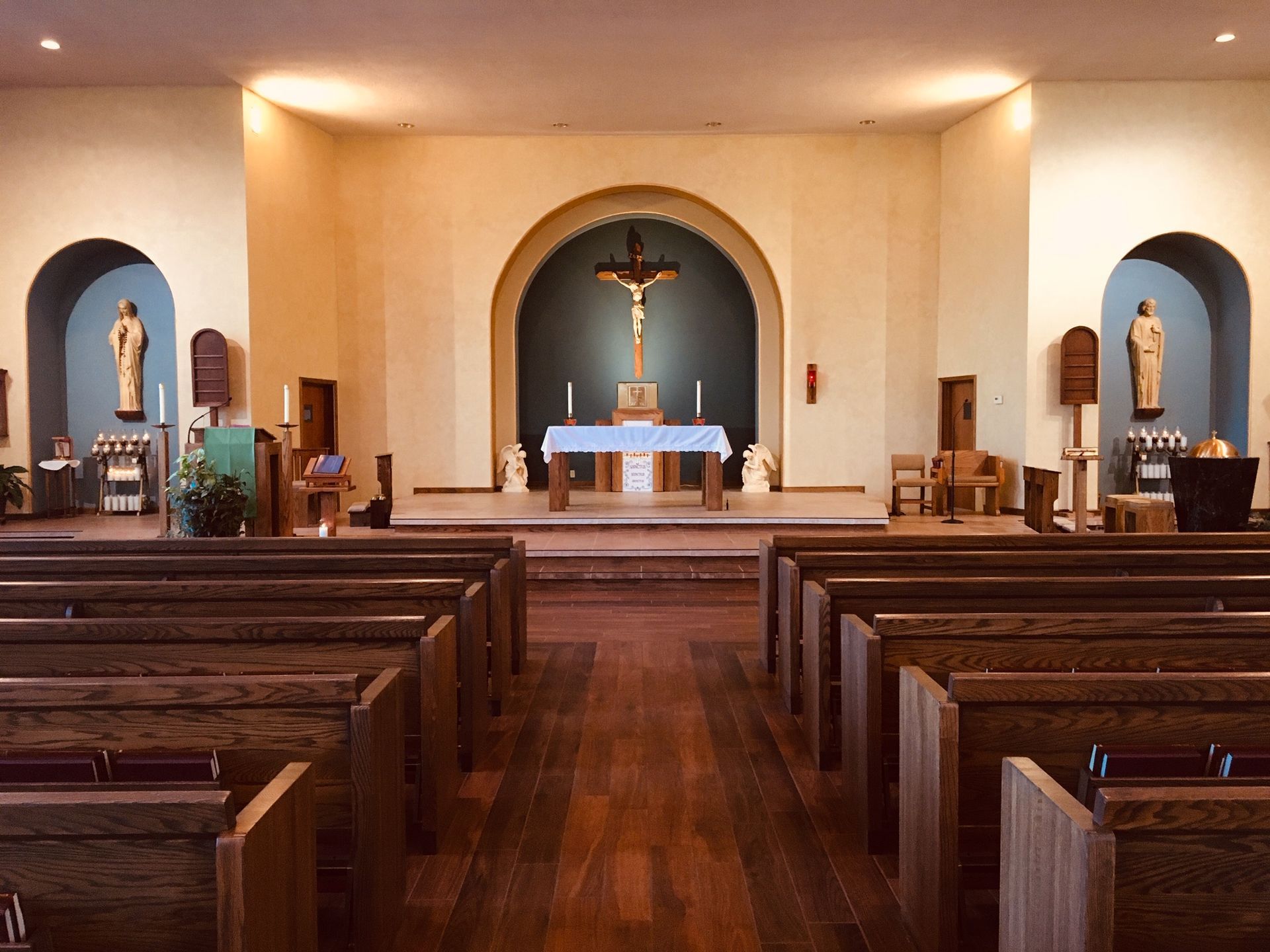HISTORY

HISTORY OF ST. DAVID
St. David was born in England and given an education. He later became a monk in the Cluniac order, which was a medieval organization of Benedictines whose center was at the Abby of Cluny. He was noted for his excellent life and austere practices. He had heard of the martyrdom of the nephews of St. Sigfrid, in what is now known as Sweden.
He also had a great desire to give his life for Christ as a martyr and proceeded to offer himself to the English mission in Sweden (around the year 1029). It is not believed that he died a martyr. He may have established a Benedictine monastery. He traveled from district to district preaching and baptizing with great zeal. It is said that while engaged in prayer he appeared to become changed into a globe of fire.
Miracles are said to have occurred at his tomb, and there is even a story that when his eyesight grew dim he mistook a sunbeam for something to hang his gloves on and they hung there miraculously suspended. He became the first Bishop of Vasteras, and along with Saints Sigfrid and Eskil and their companions, they were the principal agents in bringing Christianity to Sweden. St. David’s feast day is July 15th.

HISTORY OF ST. DAVID'S PARISH
Just as St. David had worked to spread Christianity hundreds of years ago, the members of our parish have been proclaiming the Gospel in our parish community for over four decades.
From humble beginnings in August of 1963 with 200 families and no building, St. David has grown to become a strong community of 813 families with a church, school, gymnasium and athletic field.
In August of 1963 while the church was being built, Sunday and Holy Day Masses were celebrated on the second floor of Franke Motors, located on the corner of Telegraph and Lower Tenbrook Roads. A year later, the first Sunday Eucharist was celebrated on church grounds in the rectory basement. The blessing and laying of the cornerstone took place on April 26, 1964.
St. David Parish continues to grow spiritually, thanks to the contribution of its religious and parishioners.



